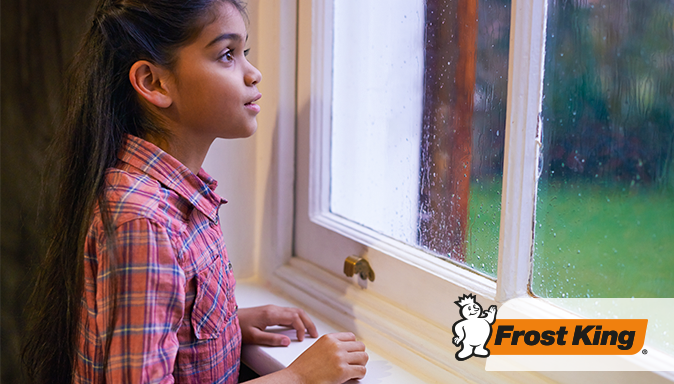April is just around the corner. That means spring showers are just around the corner, too—and all that water can put your home at risk. From checking your sump pump to inspecting gutters and drainage systems, get ready for the rain that’s heading your way with our list of to-dos to protect your home from water damage.
1. Check the Roof for Leaks: When getting your home ready for spring rains, take it from the top and start with a thorough roof inspection. Pick a dry day to grab a pair of binoculars and walk around the house, looking for curled, missing or damaged shingles; moss or algae build up; cracked flashing (the thin strips of metal where roofing meets a vertical surface, like a wall or a dormer); or missing sealant around vents and chimneys. If you notice any issues, contact a professional roofing company to make repairs.
2. Inspect and Clean Gutters: Next up are the gutters. Gutters move water off your roof and away from your home, but if they’re clogged with leaves, twigs, or other debris, they can let water back up and pool on the roof, causing leaks. Clean out the gutters (the Frost King Gutter Scoop makes this job easier: it fits almost any size gutter and has a built-in channel that lets water drain away as you scoop out the gunk) then add our snap-in Gutter Screens or Plastic Mesh Gutter Guard to keep them clean. Watch this video to learn how our full line of gutter products can help you care for your gutter system:
3. Clean Out Window Wells: Window wells are cut outs around basement windows that let light into the basement, but if they don’t drain well they can also let in water. Clear out any leaves, sticks, and debris that are blocking the drain; if there’s standing water in the window well, vacuum it up with a wet/dry vacuum. You may want to add a window well cover to keep rain, leaves, and animals out.
4. Ensure Proper Grading: Prevent water from pooling near your home’s foundation and seeping into the basement or crawl space by making sure your yard is properly graded: the ground should slope away from the foundation so water flows into your yard. If you’re struggling with water management, you may need to add our Tilt and Drain Downspout to extend the downspout into your yard; it can be swiveled so you can divert the water into your yard in any direction. Watch this video for installation tips:
5. Check the Basement for Moisture: Is your basement or crawl space prone to dampness? Look for telltale signs, like damp spots on walls and floors, musty odors, and condensation, and address them before they become a big problem. Fixes can include:
• Improving ventilation by cracking a window, leaving basement doors ajar, and running a fan, an air purifier with a HEPA filter, or a dehumidifier.
• Sealing cracks and gaps in basement walls with silicone caulk, and adding weatherstripping around basement windows.
• Insulating exposed cold water pipes with Tubular Foam Pipe Insulation to prevent condensation. Watch this video to learn how:
6. Test the Sump Pump: Sump pumps are the first line of defense against a flooded basement or crawl space. If you have a sump pump, do a visual inspection for rust or corrosion, then test it to make sure it’s working properly by pouring a bucketful of water into the sump pit to see if the pump turns on and pumps out the water. If your sump doesn’t have a battery back up, consider adding one so it will work during heavy storms, even if the power goes out.
7. Inspect Windows and Doors: Check for any gaps or cracks around windows and doors that could let water into your home, and add fresh weatherstripping and a new door bottom if needed to create a tight, waterproof seal.
